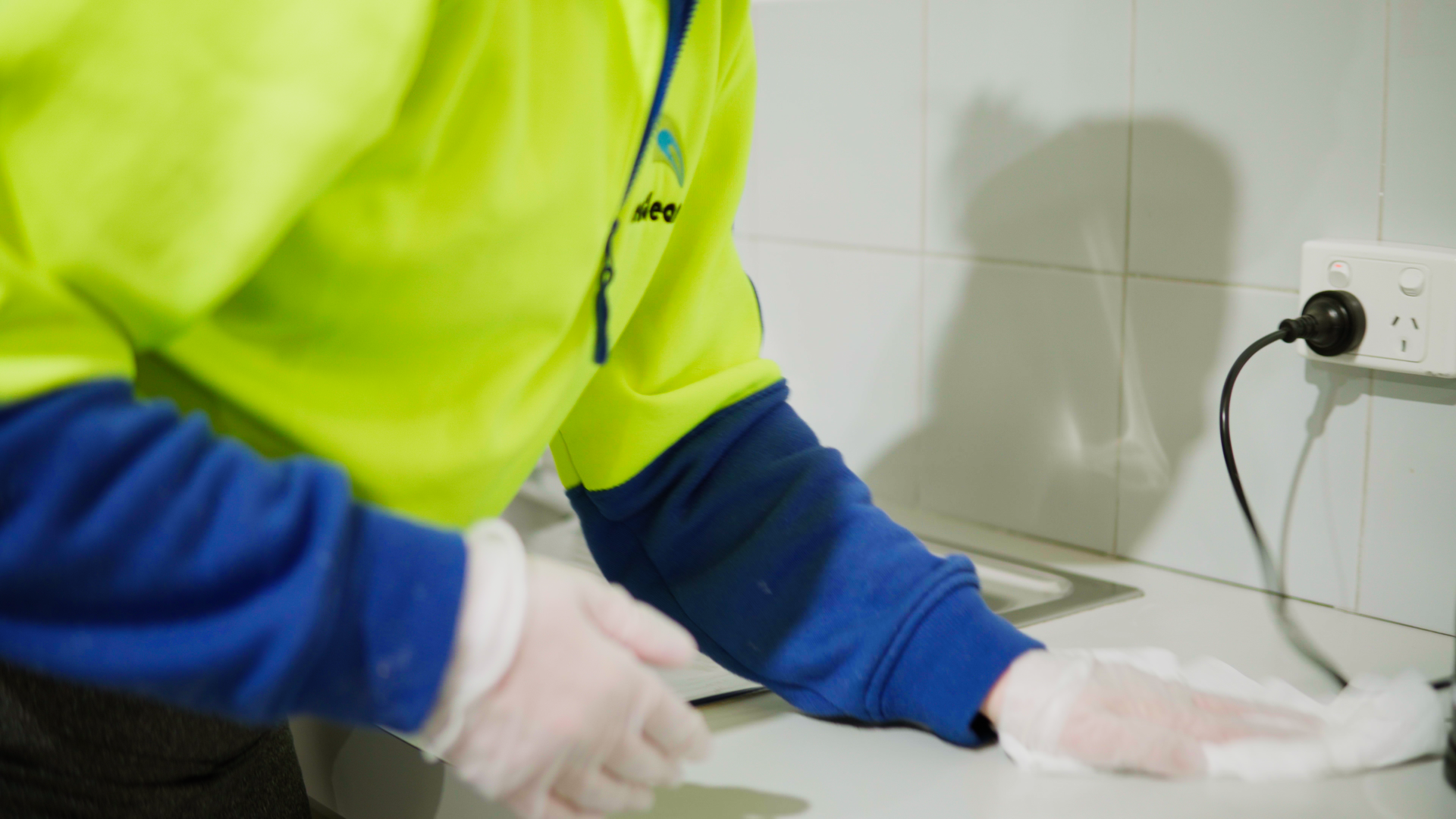
The Hazards Involved in Commercial Cleaning
When hiring a company for commercial cleaning, most business owners focus on the spotless results rather than the risks cleaners face daily. However, understanding the main commercial cleaning hazards helps both businesses and cleaners create safer, more efficient workplaces.
Physical Hazards in Commercial Cleaning
One of the most common commercial cleaning hazards is physical strain. Cleaners often handle heavy equipment, endure loud machinery, and perform repetitive tasks such as scrubbing, vacuuming, and mopping. Over time, these movements can cause fatigue or injury. To reduce risks, many professionals use ergonomically designed tools to minimise stress on the body.
Air Quality Risks
Poor ventilation during commercial cleaning poses another serious hazard. When HVAC systems are off or when cleaners work in small, enclosed areas, harsh cleaning chemicals can compromise air quality. This makes it essential for commercial cleaners to choose eco-friendly products and be mindful of how they are used, especially in tight or poorly ventilated spaces.
Chemical Hazards
Chemical exposure is a key concern among commercial cleaning hazards. Even when using green cleaning products, risks exist if instructions aren’t followed properly. Incorrect handling or inadequate ventilation can lead to dangerous fumes or skin irritation. Professional commercial cleaners are trained to follow strict health and safety protocols, ensuring products are used safely and effectively.
Biological Hazards
From mould and mildew to bacteria and pathogens, biological risks are also part of commercial cleaning hazards—especially in healthcare or food service environments. Cleaners combat these threats by wearing protective gear such as gloves, masks, and specialised clothing, while employers provide guidelines to maintain safety standards.
Why Understanding Commercial Cleaning Hazards Matters
Business owners often overlook the challenges their cleaners face. By recognising the potential commercial cleaning hazards, you can take steps to reduce them—whether by improving ventilation, ensuring safe product use, or investing in ergonomic tools. Ultimately, professional cleaners are trained to handle these risks, ensuring your workspace remains safe, hygienic, and welcoming.
For more expert cleaning advice—or to book a professional service—get in touch with GleamClean.
